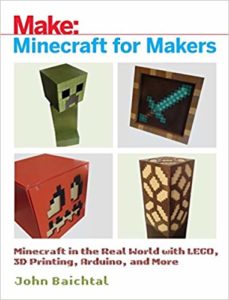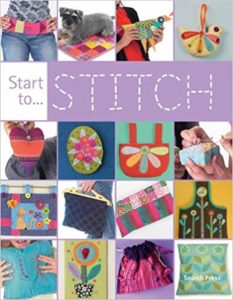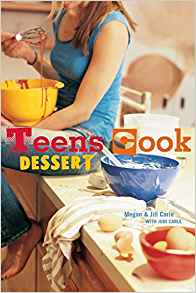Shoot for the Moon: The Space Race and the Extraordinary Voyage of Apollo 11 by James Donovan
Joplin Public Library started its Summer Reading Program on May 28, 2019 and it will run until July 26, 2019. During this time, we want to encourage people of all ages to read and attend library programs based on a central theme. For this year, the theme is “A Universe of Stories”, so our programs center around space and science-related themes. Our website has more information with a link to the calendar of events. There are also game boards/event calendars available at the library with more details. You do not need a library card to participate. For adults, events will include an opportunity to go on a virtual tour through a space museum, learn about the weather, compete in a trivia contest, and celebrate the 50th anniversary of the moon landing on July 20, 2019.
Speaking of the anniversary of the moon landing, I recently started reading Shoot for the Moon: The Space Race and the Extraordinary Voyage of Apollo 11. This book goes through the entire history of the space program, from Project Mercury to Project Gemini to the Apollo missions that put man on the moon. For each mission, it seems like the astronauts get all of the fame, but author James Donovan does a good job at telling the stories of the lesser-known people who helped get man into space and onto the moon. While there is a lot of information in this book, it is presented in an accessible way. There are plenty of pictures that help put faces to the names and add a layer to the story.
So while I can recommend this book, what I really recommend is celebrating the universe and how far we have come to understand it, although we still have a long way to go. The future of space exploration is exciting and necessary. There are all sorts of new developments that deserve recognition. Back in April, the first image of a black hole was captured. NASA has recently announced its goal for another moon landing by 2024. This mission will pave the way for humans to set foot on Mars. Curiosity is still on Mars sampling the environment. SpaceX continues its rocket launches with the ultimate goal to have humans live on other planets.
At the library we want to promote a sense of wonder. Here are some activities you can do to achieve this: Try to find some planets in the night sky. Watch the International Space Station fly overhead. Visit the Post Art Library and see an exhibit dedicated to the Hubble Telescope. Watch footage of the moon landing. Check out a book on space, whether it be fiction or nonfiction. Be curious this summer, and do some exploring with Joplin Public Library.




